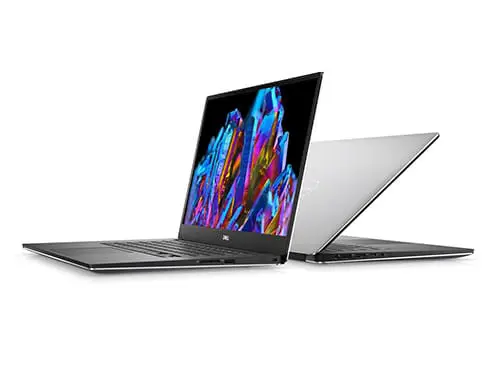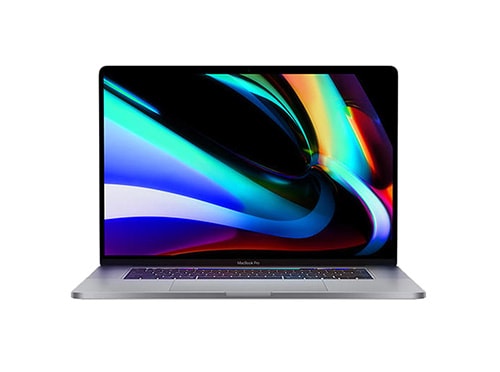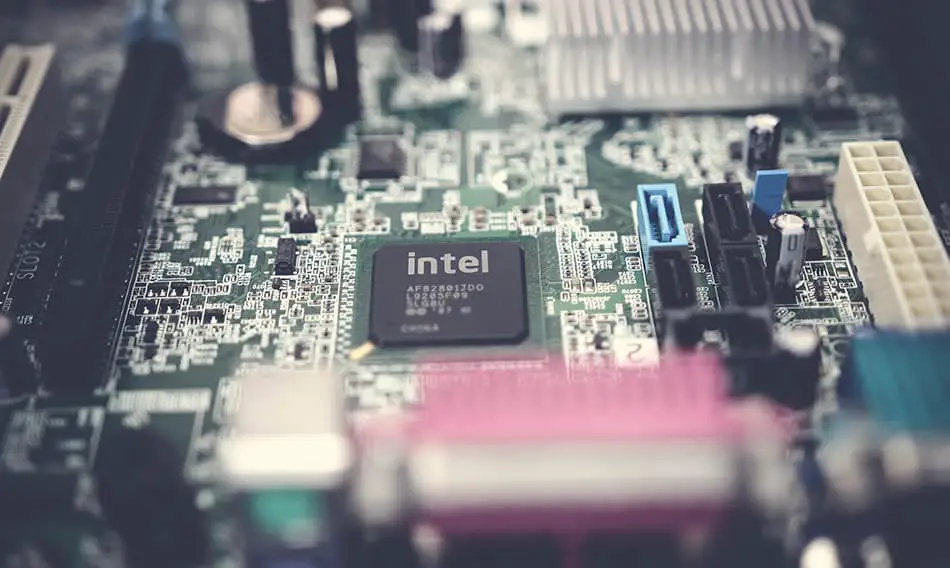
Buying a laptop is one of the most significant purchases you will have to make as an architecture student, so it’s essential to get the right one. As someone interested in design, I always wanted a Mac, but they were always out of my price range. Are they really worth the money?
Both PC and Mac are suitable for architecture; however, the majority of architects use PC. This is because some popular architecture software is not available on Mac. On Top of this, PCs are generally lower in price and are easier to customize and upgrade.
There are several things to consider when making your decision, and much of this is down to your own personal preference. In the following article, we will cover the pros and cons of PC and Mac, helping you make an informed decision about what is best for you.
My personal laptop is a PC, and my work laptop is a Mac, so I have first-hand experience using both systems for architecture. I have combined this knowledge with extensive research to give a comprehensive overview – let’s dive in.
What Architecture Software Isn’t Available on a Mac?
Three popular pieces of software aren’t available on a Mac: Revit, Microstation, and 3ds Max.
Revit
Revit is a 3D modeling program and is widely used by architects around the world. It is a building information modeling (BIM) software used throughout all design phases, allowing for collaboration between architects and other disciplines such as engineers.
Revit is very popular worldwide, especially in larger practices.
Microstation
Similar to Revit, Microstation is a BIM software package used by architects and engineers.
It is less widely used by architects than Revit. It is commonly used for large-scale infrastructure projects such as train stations and airports.
3ds Max
3ds Max is also a 3D modeling program. However, it is more commonly used by architects to create visualizations and animations of their designs.
Other Software
The 3D software Rhino is available for Mac, but there are currently 51 commands which are not featured on the Mac version. You can see a list of these commands here.
The rendering software V-Ray is available for some software on Mac but is not available for Rhino.
The real-time rendering software Enscape is not available for Mac.
Alternatives Software
Although the software mentioned above is popular in the architecture community, there are plenty of alternatives that do the same thing. I’ve never used Revit or 3ds Max, and I’ve been using architecture software for 10 years!
ArchiCAD and Vectorworks are 2 alternatives to Revit and Microstation.
Cinema 4D and Blender are viable alternatives to 3ds Max for architecture rendering (and Blender is free!)
Partitioning – Use Windows on Your Mac
What Is Partitioning?
Partitioning is a process that divides your hard drive into two parts. This allows you to run two different operating systems on one computer, for example, macOS and Windows.
Suppose you want to use Revit or 3ds Max, but you have your heart set on a Mac. In that case, it is possible to partition your hard drive and install the Windows operating system.
How to Partition a Mac
All Macs since 2006 come pre-installed with a partitioning application called Bootcamp.
Here is a great tutorial showing you how to do this:
The Negatives of Partitioning
If you partition your computer, you can use your Mac as if it were a PC, switching to the PC side whenever you need to run a Windows-only program.
Although this solves the compatibility issues, it can be slightly frustrating to keep switching between the two sides.
One reason for this is that files saved on one side can’t be accessed from the other. But if you are organized, this shouldn’t be too much of an issue.
Cost
Some people prefer how Macs are designed or love the Apple ecosystem (see below), but there is no escaping the fact that PCs cost less.
In almost all cases, a Mac will cost significantly more than a PC with the equivalent specification.
For example, this Dell XPS 15 is currently $1,499.99, whereas a MacBook Pro with very similar specs costs $2,399.00.

Processor: Intel® Core™ i7 (6 Cores)
RAM: 16 GB DDR4
Storage: 512GB SSD
Graphics: NVIDIA® GeForce® GTX 1650 4GB
Price: $1,449.99

Processor: Intel® Core™ i7 (6 Cores)
RAM: 16 GB DDR4
Storage: 512GB SSD
Graphics: AMD Radeon Pro 5300M 4GB
Price: $2,399.00
Customization and Upgrading
Another thing that separates PC and Mac is the ability to upgrade the hardware.
It is usually possible for PC users to add more RAM, add more storage, or change their graphics card. This ability to customize a laptop is beneficial and allows users to upgrade their hardware as their demands change.
It isn’t possible with every PC, and you should check this before deciding which system to buy.

In comparison, it is not possible to upgrade any part of a MacBook Pro since 2016. This means all the hardware must be bought from Apple at the point of purchase – and this is very expensive.
This also means that if a part of your laptop breaks, you cannot fix it yourself. Ifixit.com gave the 2019 MacBook Pro a repairability score of 1/10.
Not everyone will want to upgrade their laptop – but if you do, make sure you check this is possible with the machine you choose.
Build Quality & Design
One reason why some people are willing to pay the extra money for a MacBook is the high build quality and beautiful design. All of Apple’s laptops have a full metal body, and they look and feel great. With minimal plastic components, they are very durable and unlikely to be damaged by day to day use.
The build quality of other laptops has improved dramatically over the last few years, with a significant rise in the number of machines with metal bodies. Ideally, you could see the computer in-store to check the build quality for yourself.
A PC with a very low price tag is likely to have a plastic body and be far less durable, yet to mention its look and feel. But if your budget is small, you can still get a serviceable laptop, which will see you through architecture school for $600.
Security
It is viewed that Macs are safer than PCs because there are fewer viruses designed to attack them. The reason for this is that around 75% of the world’s computers are PCs. Hence, hackers and cyber-criminals see less value in attacking Macs.
This might be true, but it shouldn’t form the basis of which operating system to use. Safe internet practice and anti-virus software is always the best option, and using a Mac won’t protect you from phishing scams.

Performance
There is a myth that Macs outperform PCs, but the performance of a laptop depends on its specification. There is a much wider range of PCs available, and a budget PC will, of course, be outperformed by a Mac.
It can be argued that Macs have better optimization due to the small range of products produced by Apple. This means that software can be designed to work specifically for these machines.
Choice, Innovation & Extra Features
Because Apple only makes a small number of products, there is a limited range to choose from.
Some amazing innovations are happening at the moment in the laptop world. Asus has just released a double screen laptop, and many PCs now have touch screens.
These features are by no means essential to a laptop but can make your life easier as a designer.
Yes, the Macbook Pro has a touch bar. Still, the extra screen on the Asus ZenBook Pro Duo allows you to have two programs open side-by-side, which is really helpful in architecture work. You can also draw directly onto the screen with a stylus. This feature is beneficial with programs such as Photoshop.
The Apple Ecosystem

One big selling point for Macs is the ability for Apple products to communicate with each other.
If you have an iPhone, Apple Watch, and Macbook Pro, it is easy to move seamlessly between devices. It is possible to copy from one device and paste onto another. You can also answer a phone call or send a text using your laptop. And this is just scratching the surface!
These features aren’t all exclusive to Mac, but as all the products come from the same manufacturer, setting up this continuity is very easy.
Whatever Is Best For Your Needs
Both Mac and PC are both viable options for architecture. You need to figure out what your requirements and budget are and make a decision based on that.
I love using a MacBook Pro at work; the build quality is fantastic, the performance is good, and it’s just a lovely piece of design. On the other hand, my Windows laptop saw me through university without a problem, and it cost much less.
If you can afford it, then sure, get a Mac. But opting for a PC will give you more choice and much greater value for money.

